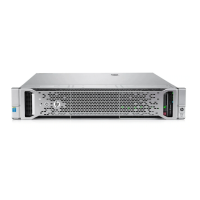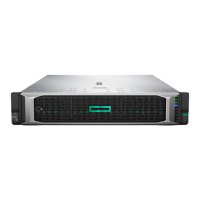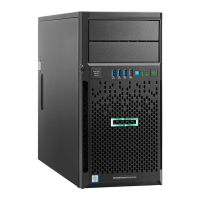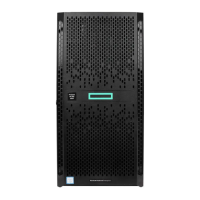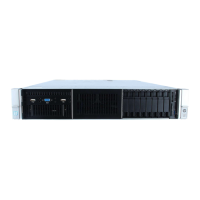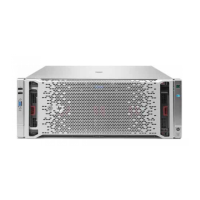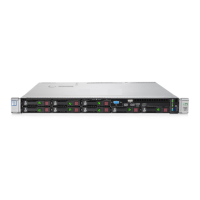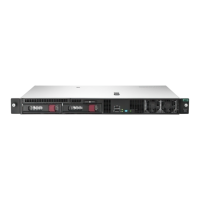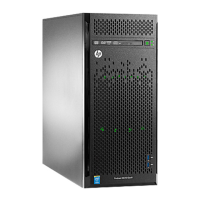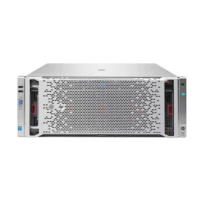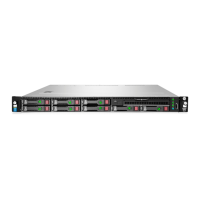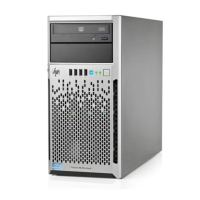• SUSE Linux Enterprise Server
• Red Hat Enterprise Linux
If the OS you want to install is not listed, it might not be supported for use with your controller model,
or you might need to update HPE ProLiant firmware. For information about supported OSs and OS
drivers, see the operating systems and virtualization software support for ProLiant servers.
NOTE:
If updates are available, a message appears on the screen directing you to the proper steps for
incorporating them into Intelligent Provisioning.
IMPORTANT:
When installing VMware, download an HPE Custom ISO before the installation from the HPE
website (http://www.hpe.com/info/esxidownload). Ethernet port 0 must be active.
2. Select an installation method.
Depending on the OS family selected, installation choices vary, including the suggested default. For
more information, see Available install methods, source media types, and formats supported for
each OS family on page 23.
Options may include:
• Recommended—Uses HPE-defined defaults to configure the server software and firmware,
partition storage, and install the OS with HPE drivers. HPE recommends selecting this option for
first-time server setup. For more information about recommended installation options, see OS
information required for recommended installations.
The following table describes the most common OS-specific installation issues and the
recommended solutions.
20 Using Intelligent Provisioning
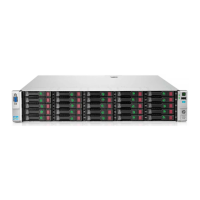
